Summary
The lake is home to a variety of fish species, including bass, bluegill, catfish, and crappie. The best time to visit Muslatt Lake for fishing is during the spring and fall when the water temperature is between 60 and 70 degrees Fahrenheit. During this time, the fish are more active and likely to bite.
Fishing tips for Muslatt Lake include using live bait or lures that mimic the natural prey of the fish. Bass and catfish tend to be caught in deeper water, while bluegill and crappie can be caught near the shore. It is also recommended to fish early in the morning or later in the evening when the fish are most active.
In addition to fishing, Muslatt Lake offers a variety of recreational activities such as hiking, camping, and boating. The nearby Angeles National Forest provides scenic hiking trails and camping grounds, while the lake itself is open for boating and water sports.
The average temperature during the spring and fall, the best time for fishing, is around 70 degrees Fahrenheit. However, temperatures can range from the mid-40s to the mid-80s, so visitors should be prepared for varying weather conditions.
Overall, Muslatt Lake offers a diverse range of fishing opportunities and recreational activities for visitors to enjoy throughout the year.
Weather Forecast
Nearby Streamflow Levels
 Indian C Nr Happy Camp Ca
Indian C Nr Happy Camp Ca
|
785cfs |
 Smith R Nr Crescent City Ca
Smith R Nr Crescent City Ca
|
10400cfs |
 Klamath R Nr Klamath Ca
Klamath R Nr Klamath Ca
|
58700cfs |
 Klamath R Nr Seiad Valley Ca
Klamath R Nr Seiad Valley Ca
|
6150cfs |
 Salmon R A Somes Bar Ca
Salmon R A Somes Bar Ca
|
5250cfs |
 Klamath R A Orleans
Klamath R A Orleans
|
17000cfs |
Angling Safety Guidelines
Check local fishing rules, seasons, size limits, and license requirements to ensure legal and sustainable angling.
Handle Fish Responsibly
Use wet hands, minimize air exposure, and release fish gently to improve survival rates when practicing catch-and-release.
Choose the Right Gear
Match your rod, line, and tackle to the species and conditions to increase success and reduce unnecessary harm to fish.
Respect the Waterway
Avoid disturbing habitat, prevent bank erosion, and keep a safe distance from spawning areas to protect ecosystems.
Keep It Clean
Pack out all line, hooks, bait containers, and trash—discarded gear can injure wildlife and degrade waterways.
Related Links
Area Campgrounds
| Location | Reservations | Toilets |
|---|---|---|
 Bear Basin Butte Lookout / Pierson Cabin
Bear Basin Butte Lookout / Pierson Cabin
|
||
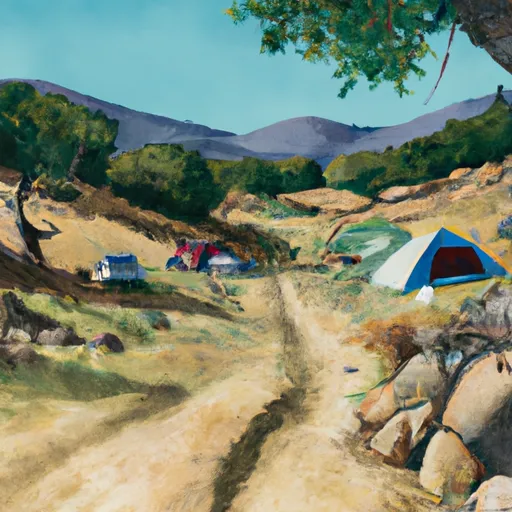 Elk Hole Camp
Elk Hole Camp
|
||
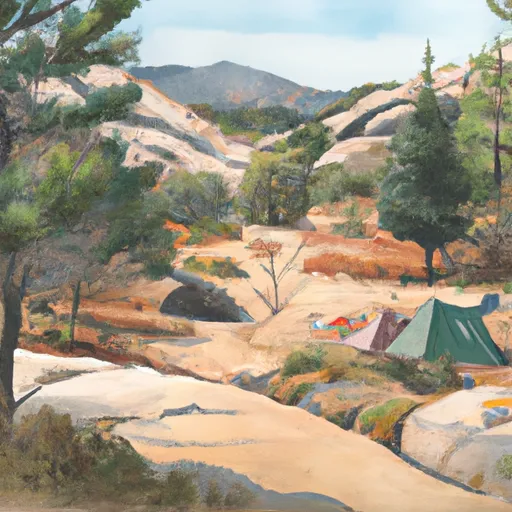 Elkhorn Bar Camp
Elkhorn Bar Camp
|
||
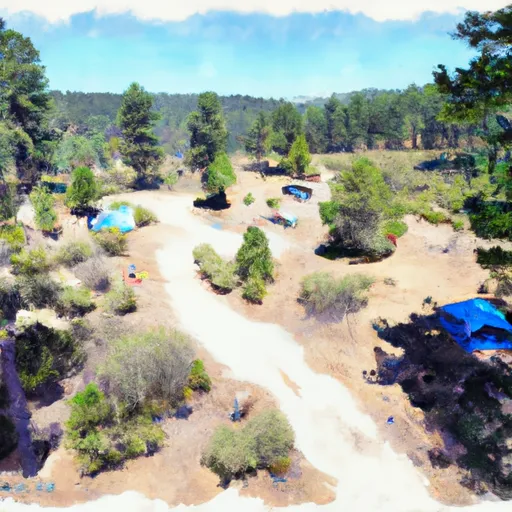 Eightmile Camp
Eightmile Camp
|
||
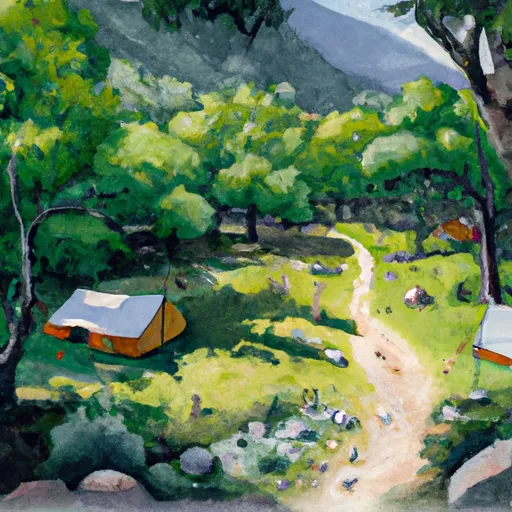 Buck Creek Shelter
Buck Creek Shelter
|
||
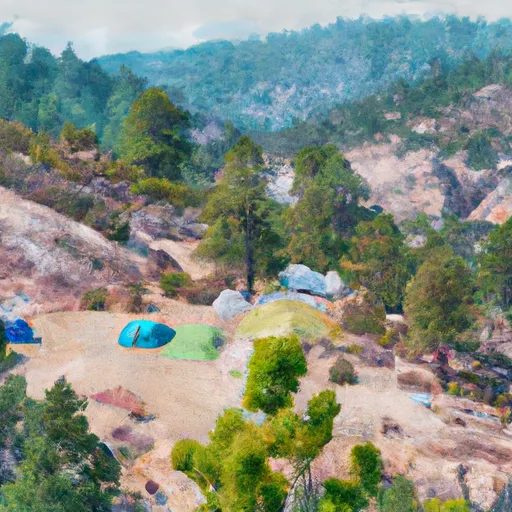 Summit Valley Camp
Summit Valley Camp
|

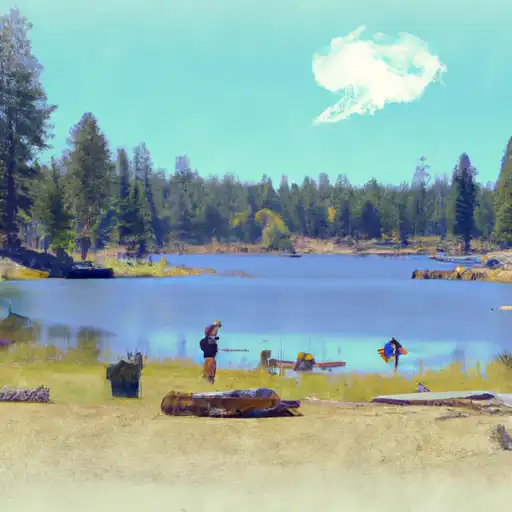 Raspberry Lake
Raspberry Lake
 Dry Lake
Dry Lake
 Sanger Lake
Sanger Lake